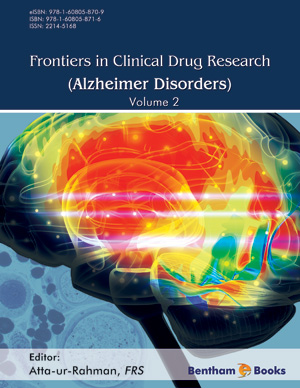Abstract
The clinical hallmarks of Alzheimer’s disease (AD) are cognitive and memory deterioration with progressive deficit in retrieval of memory. As the disease progresses neurodegeneration continues in the brain worsening the symptoms. Eventually, this leads to dementia - the most common dementia of the elderly. The upstream etiology of this disease is multi-factorial, and intimately related to the downstream development of neurofibrillary tangles, amyloid plaques, and cerebral amyloid angiopathy. Currently we have no strategies/therapies to prevent these pathologies, or otherwise retard or halt the relentless progression of AD. Chronic subclinical inflammation has been documented to be an essential risk factor that underpins aging, AD, and other age-related conditions. Chronic systemic inflammation, with lowgrade and unresolved features, is known to be an underlying feature also in depression, and obesity. Persistent chronic up-regulation of pro-inflammatory mediators e.g., TNF- α, IL-1β, IL-6, and other cytokines during systemic inflammation and endotoxemia upregulate redox imbalance-ROS signaling pathways, and enhance proinflammatory and NF-κB signaling in the brain. Further, “systemic inflammation to neuroinflammation” may serve as a bridge between ongoing innate immune activation and neurocognitive dysfunction in aging. The above key proinflammatory molecular elements are also associated with APOE4-positive elderly, infection, and alcohol abuse. Indeed, infections in the elderly are very common, and ethanol is the single most abused drug worldwide. These are, therefore, synergistic pathophysiological factors that may underlie the onset and progression of cognitive dysfunction.
Keywords: Aging, Alzheimer’s disease, amyloid beta, APOE, cardiovascular disease, hippocampus, hypertension, infection, mild cognitive impairment, memory loss, neurocognitive dysfunction, neurofibrillary tangles, neuroinflammation, neuropathogenesis, oxidative stress, systemic inflammation, olfactory nerve, vagus nerve, viral pathogens.






















